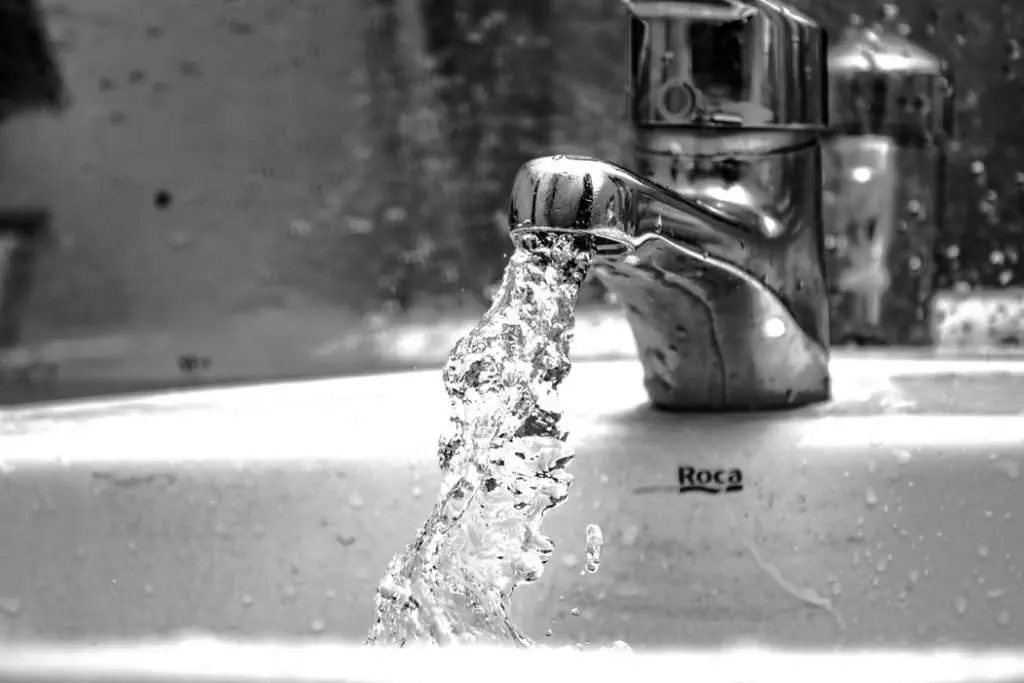What Is Grey Water?
The wastewater that comes from domestic activities such as cleaning utensils in the kitchen and washing bathroom (excluding human excreta) is called Grey Water or Sullage. It also includes water that is wasted during cooking food and every other activity while preparing food.

Why Is It Harmful?
The solids that are suspended in greywater are lower than in wastes than in the toilets, but it has more grease and is usually at a higher temperature whereas kitchen wastes have a higher suspended solids content, a higher biochemical oxygen demand (BOD), and a higher nitrate concentration than other sullage [1]. For determining how harmful sullage can be, a study was conducted from a 6.14 hector (ha) residential area [2]. This sullage was discharged into an urban stream without being treated. This study was done, was utilized to test and evaluate the probable consequences on the water quality that was discharged in the urban streams [2]. Hourly samples were taken and analyzed which gave the following results: The discharged sullage from the residential area was polluted for the high concentration of BOD, Ammoniacal Nitrogen (AN), COD, low concentration of dissolved oxygen (DO), Orthophosphate (PO4) and the total concentration of organic nitrogen and ammonia (TKN) [2].
How Much Grey Water Is Generated From Residential Area Every Day?
The standard set by the Central Public Health Environmental & Engineering Organization (CPHEEO) states that the freshwater consumption per day for a person should be between 135 to 150 liters per day (lpcd) [3]. That means, if people living in a residential complex are not given any access to the underground sewerage or drainage system during water consumption, they consume approximately 135 loads of water [3]. The total quantity (No. of residents X 135 liters) comes into the premises of a Sewage Treatment Plant (STP), and this total volume is to be treated by the STP.
I am a resident of Mohammadpur, Dhaka. I am showing the volume of greywater that is generated in lpcd from my area. As per demographics, as of the 1991 Bangladesh census, Mohammadpur has a population of 316,203 [4].
Thus, Volume of Waste Water generated = (316,203 x 135) lpcd
= 42,687,405 lpcd
Greywater accounts for up to 75% of the wastewater volume produced by households, and this can increase to about 90% if dry toilets are used [5].
So, Volume of Grey Water generated = 42,687,405 x 75% lpcd
= 32,015,553.75 lpcd
= 32,015,554 lpcd (approx.)
Why It Should not Be Disposed of Without Treatment?
In general, the health risks posed by greywater are not as serious as those associated with wastewater that contains excrete or septic tank effluent. But the report has shown counts of fecal indicator bacteria present in greywater which are significantly lower than that in the septic tank. But some data still suggest that bacteria grow well in greywater or sullage [1]. The pH in greywater to a large extent depends on the pH and alkalinity in the water supply and normally is within the range of 5–9, which are most often found in sources that originate from water disposal at laundries [5]. The reason is that laundries use detergent which has high pH due to the presence of alkaline materials in it. So untreated disposal in the environment will have a negative impact on the surrounding.
Treating Grey Water at Home!
That’s right! We can treat greywater at home! Maybe, we cannot totally stop the untreated disposal but we can try to minimize the level of harm. We often use detergents with a high level of pH and chemicals present in it. Instead of that, we can use low or no sodium laundry detergents for cleaning purposes (for example, soap and shampoo). We can also reduce the wastage of water by using greywater for more than one purpose. For example, the water that is wasted after cleaning the kitchen chores and while preparing food can be used to water the plants and for other gardening purposes. The level of the chemical in that water is not harmful to plants so it can be used and quite a lot of water is saved in this way. Moreover, Grey Water Treatment (GWT) technologies involve the combination of preliminary (physical), primary (chemical) and secondary (biological) systems which are emphasized because these processes are low cost, no skilled personnel are required, they are easy to handle and have high treatment efficiency [6].
Two Gallons Per Minute Wasted in Our Subconsciousness!
The most surprising thing is, we waste sullage even without realizing that we are wasting it! When we are washing fruits, vegetables, and scrubbing other kitchen materials, while rinsing them, we keep the tap open for no reason. Maybe that’s for a few minutes, but even wastage of water for a second can result in great water wastage and thus causing water scarcity in the future. While we are brushing our teeth, we have a natural tendency of keeping the tap open while the water flows. About 2 gallons of water flow from a faucet in a minute [7]. But if we turned the tap off during brushing our teeth, we can save 3-4 gallons of water per person per day [7]. Can you imagine the amount of water we can save in a month, or even in a year?! That’s a huge amount of water!
Recycling one drop of Grey Water might give back an ocean of Fresh Water
The astonishing fact about nature is that even if we can recycle and reuse only 10% of the greywater that is wasted every day, we can ensure our mother Earth with a vast quantity of freshwater availability for the future. Nowadays, for the global pandemic due to COVID-19, people are using more cleaning products like detergents, bleaching powder, etc. than before, to wash their clothes every time they get home from outside or to clean their floor more often to stay extra clean, which have increased the disposal of greywater to a greater extent. But does that mean we will stop taking precautions against the pandemic situation and use less water, compromising our safety? No. We will consume the amount of water needed but make sure to minimize the loss made from the use. We will reuse sullage for more than one purpose if possible, to reduce loss or try to recycle it by treating it, rather than wasting it and making ourselves more vulnerable to the scarcity of freshwater crisis that we might face in the future. Because every drop counts!
References
- World Health Organization (1992). A Guide to the Development of on-site Sanitation: ANNEX-2 Sullage.
- River Basin Management Vol. 3, No. 3 (2005), pp. 223–227. The importance of sullage (grey-water) treatment in the restoration and conservation of urban streams: Abstract.
- India Water Portal. Frequently Asked Questions on WASTEWATER. Compiled by S.S.Ranganathan.
- Wikipedia, the free encyclopedia: Mohammadpur Thana.
- National Center for Biotechnology Information. Greywater Characteristics, Treatment Systems, Reuse Strategies, and User Perception—a Review: Grey Water Quantity.
- IWA Publishing. Journal of Water and Health: Trend for domestic GWT methods.
- The San Diego Union-Tribune. Article: Tap water can add up to big waste.
Author:
Promiti Prova Mahbub
Department of Civil and Water Resources Engineering
Military Institute of Science and Technology (MIST)
